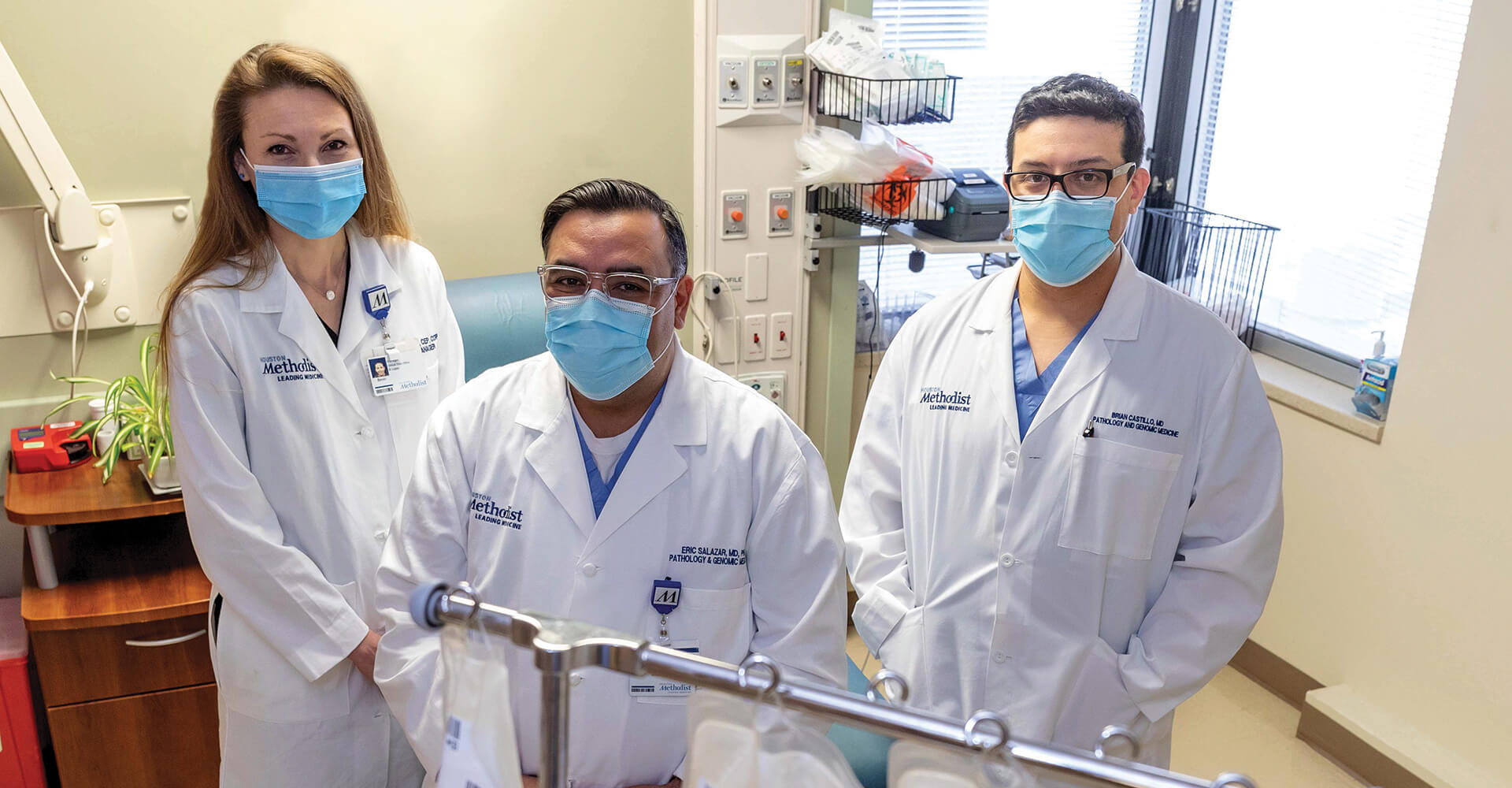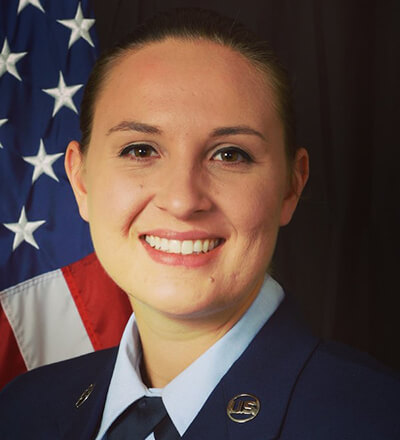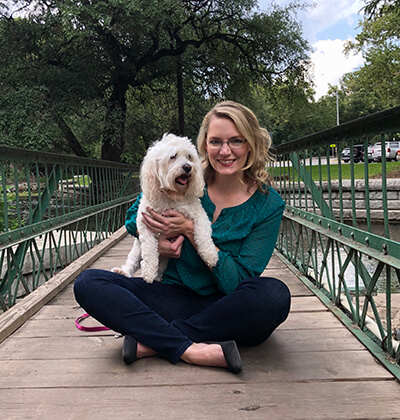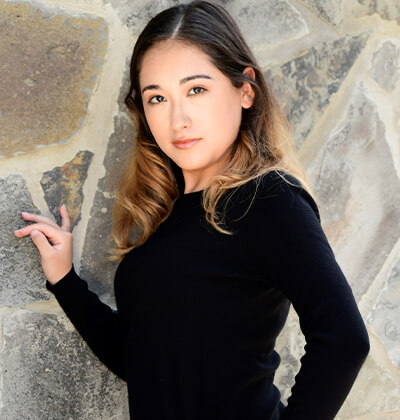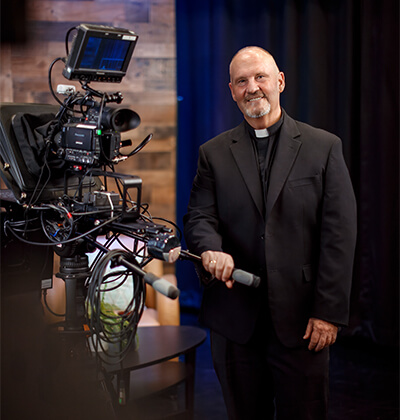Critical research
by Brooke Blanton Leith
It’s April 2020 and a team of researchers at Houston Methodist are studying the effects of convalescent plasma — blood plasma donated from recovered patients — in treating the complicated COVID-19 virus. One day, the group began discussing where they attended college.
“I went to St. Mary’s University in San Antonio,” said the principal investigator, Eric Salazar (B.A./B.S. ’03), M.D.
Surprised, the clinical research coordinator, Bevin Lopez (CL ’02), responded, “So did I!”
“Wait, who did you have for biology?” Salazar asked. He knew she looked familiar and he would soon discover why.
More than 20 years before that day, Salazar and Lopez took the exact same college course.
They weren’t the only former Rattlers involved in the research. Shortly after, Brian Castillo (B.S. ’04), M.D., joined the team, which was the first in the nation to infuse critically ill COVID-19 patients with convalescent plasma. A few months later, the researchers concluded it was a safe treatment option for those severely infected with COVID-19.
As the study’s lead, Salazar’s responsibilities were to write the clinical trials, coordinate the details and collaborate to analyze the data, while Lopez and Castillo did the groundwork. They recruited patients to donate, as well as receive, convalescent plasma.
In just a month and a half, the team recruited more than 350 patients for the study, a difficult task considering they were so ill.
So ill, in fact, that the researchers “didn’t want them to cry or laugh because their oxygen levels would drop,” Lopez said. “Many of the patients were even intubated.”
Bevin Lopez (CL ’02)“We’ve really come full circle from sitting in the same classrooms to sitting in the same offices.”
The work took a personal toll on the researchers. To protect their families, Lopez and Castillo isolated as much as they could. Lopez didn’t see her 7-year-old daughter for four months, while Castillo kept a strict distance from his.
“I just needed to hug my daughter,” Castillo said. “It was difficult.”
Despite the sacrifices, Salazar knew they were doing the right thing.
“It was a lot of work. But if it helps in any way, then it’s obviously worth it,” Salazar said.
In addition to his Biology course at St. Mary’s, the MARC U*STAR program, which provides opportunities for undergraduate students to participate in biomedical research training at institutes around the country, solidified Salazar’s career goals.
“I can’t overemphasize the impact that it had,” Salazar said. “After my first summer dissecting hawk moth brains at the University of Arizona, I knew research is what I needed to do.”
Castillo’s experience at the Marianist Residence, located near Treadaway Hall, spending time with the Brothers, especially the older ones, and hearing their stories, factored into his decision to go into medicine.
“It was the human aspect,” Castillo said. “Seeing how they needed assistance … motivated me.”
The trio agreed: the fact that three former students were involved in the historic study of effectively treating COVID-19 is a testament to the quality of education at St. Mary’s.
“You don’t get that investment in you as an individual anywhere else,” Lopez said, while Salazar attested that Rattlers are taught to rise to the occasion.
While their work treating the coronavirus isn’t over, the team has reflected on what they’ve accomplished.
“I’m most proud of being part of something bigger than myself,” Lopez said. “We’ve really come full circle from sitting in the same classrooms to sitting in the same offices.”

